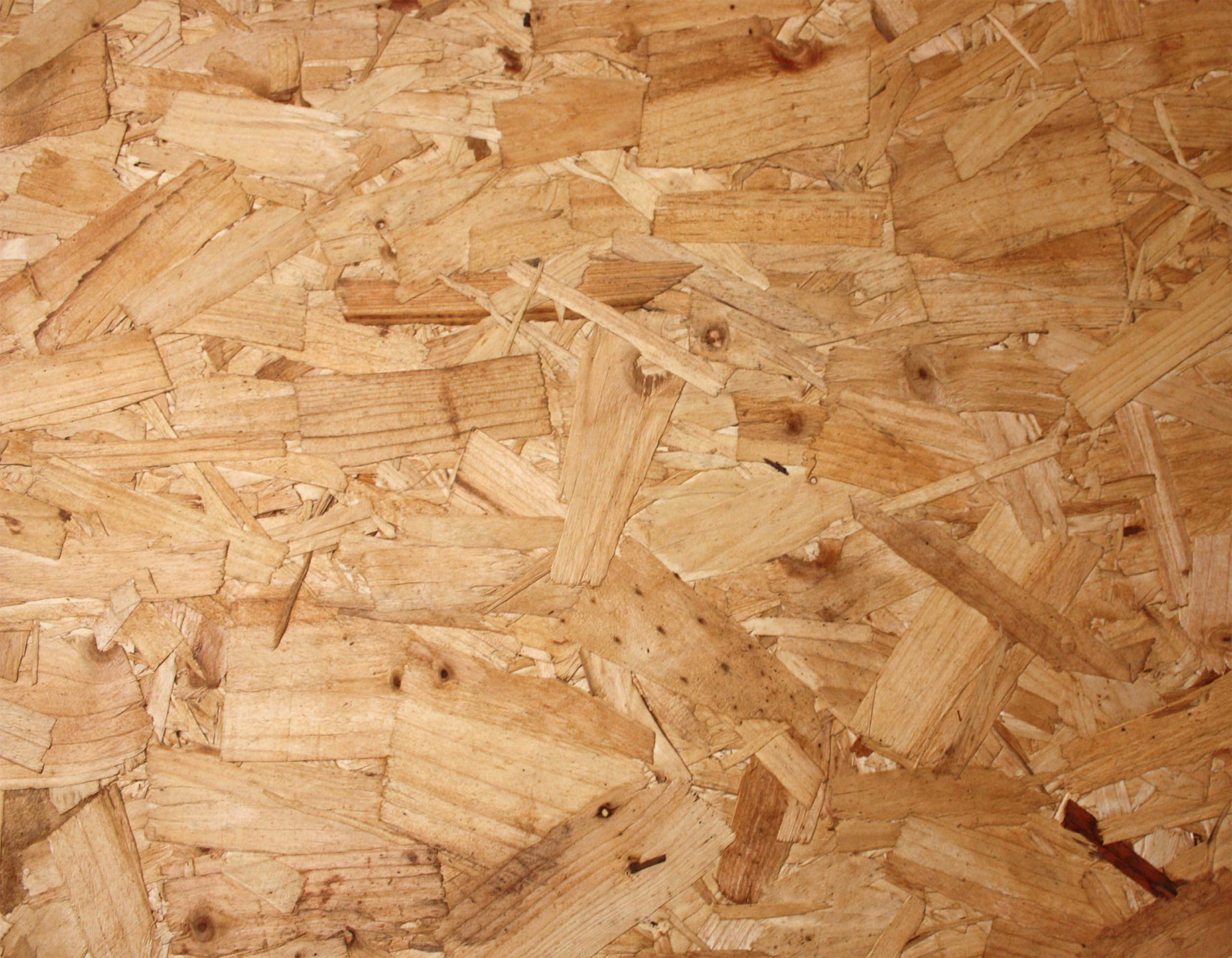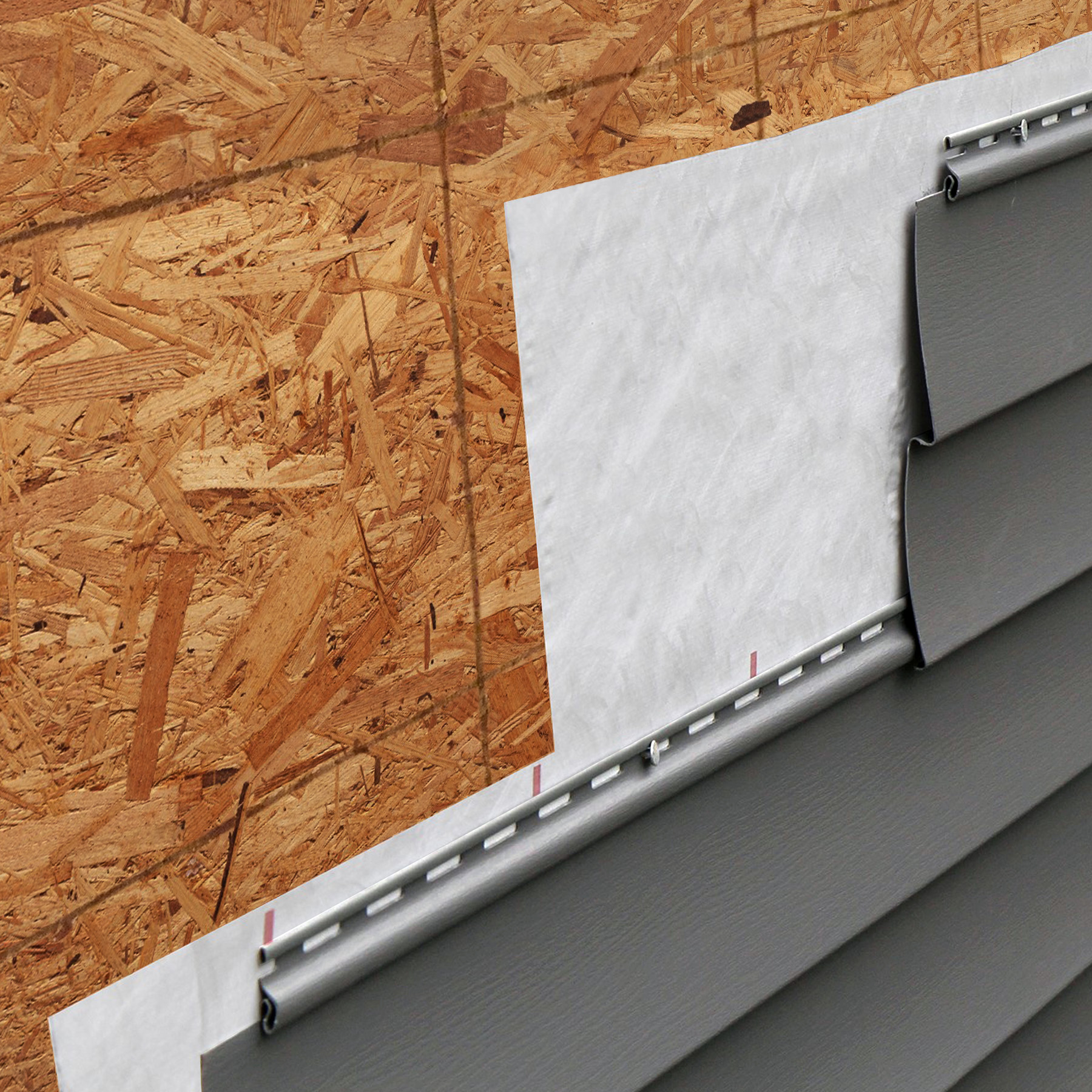When it comes to working with plywood, does it matter which side faces out? 🤔 Let’s find out! Plywood is a versatile and commonly used material in carpentry and construction projects. But have you ever wondered if there’s a right or wrong way to position it? In this article, we’ll explore whether the side of plywood that faces out really makes a difference. So, put on your thinking cap, and let’s dive into the world of plywood!
Now, you might be thinking, “Why would anyone care which side of plywood faces out?” Well, my curious friend, it turns out that this seemingly small detail can have some surprising implications. We’ll discuss the factors that could influence your decision and help you understand if there’s a specific orientation you should follow. From aesthetics to functionality, we’ll cover it all and ensure you’re armed with the knowledge you need for your next plywood project.
So, whether you’re a DIY enthusiast or a professional carpenter, this article is for you! Get ready to unravel the mystery of plywood orientation and discover why it might just be more important than you think. Let’s embark on this plywood journey together and put those ponderings to rest once and for all! Are you ready? Let’s go! 🚀

The Importance of Which Side of Plywood Faces Out: A Comprehensive Guide
When it comes to working with plywood, many people wonder if it matters which side of the material faces out. It’s a valid question, as the appearance and performance of plywood can vary depending on the orientation of the layers. In this in-depth article, we will explore the reasons and considerations behind this decision. Whether you’re a DIY enthusiast or a professional carpenter, understanding the impact of the visible face of plywood can help you achieve the best results in your projects.
The Aesthetic Considerations of Plywood Orientation
1. The Quality of the Veneer: Plywood is made by layering thin pieces of wood veneer together and bonding them with adhesive. The outermost layer, known as the face veneer, determines the overall appearance of the material. This veneer can have different qualities, ranging from a smooth and flawless surface to one with minor blemishes or grain variations. Choosing the side with the desired look can enhance the visual appeal of your project.
2. Grain and Color Variation: Wood is a natural material, and each piece of veneer will have its unique characteristics. One side of the plywood may showcase more prominent grain patterns or color variations compared to the other side. Depending on the aesthetic you’re aiming for, you may prefer the natural beauty and texture of one side over the other.
3. Surface Preparation: If you plan to paint or apply a finish on the plywood, the visible face becomes even more critical. The side that will be exposed should have a clean, defect-free surface to achieve a smooth and professional-looking final result. It’s essential to choose the side that requires minimal preparation and provides the best base for your desired finish.
The Practical Considerations of Plywood Orientation
1. Structural Strength: While the aesthetic aspect of plywood orientation is important, it’s equally essential to consider the structural integrity of the material. Some types of plywood have a core layer that provides additional strength and stability. By positioning the stronger side facing out, you can ensure that your project can withstand the demands placed upon it.
2. Moisture and Weather Resistance: Plywood can be susceptible to moisture damage, particularly if it comes into direct contact with water or is exposed to humid environments. Choosing the correct orientation can enhance the material’s resistance to moisture penetration, ensuring the longevity and durability of your project.
3. Compatibility with Joinery Techniques: Depending on the construction method you plan to use, the orientation of plywood can impact the effectiveness of certain joinery techniques. For example, if you’re incorporating edge joining or biscuit joining, selecting the appropriate side can improve the stability and integrity of the joints.
Does It Matter Which Side of Plywood Faces Out for Specific Projects?
While the general considerations mentioned above apply to most plywood projects, certain applications may have unique requirements. Here are a few examples:
Plywood Flooring and Cabinets
When using plywood for flooring or cabinets, the visible face should typically face up or outwards. This ensures that the side with the desired aesthetic qualities is on display and visible to those using the space. It’s also crucial to consider the specific finishes or coatings required for flooring and cabinetry to protect the wood from stains, scratches, and moisture.
Exterior Plywood Projects
For exterior applications like outdoor furniture, sheds, or decks, using marine-grade or exterior plywood is recommended. In these cases, it’s crucial to consider the orientation that provides better resistance to the elements. Choosing the side with enhanced weather resistance properties and applying a suitable exterior finish can prolong the lifespan of the project.
Structural Plywood Applications
In structural applications where strength is paramount, it is advisable to select the orientation that maximizes the load-bearing capabilities of the plywood. The stronger side should face outward or be positioned to provide optimal support. Consulting with a structural engineer can provide valuable guidance in these cases.
Significantly Different Appearances
In some instances, the two sides of the plywood may have vastly different appearances due to variations in the veneer quality or the manufacturing process. If this is the case, it’s crucial to select the side that best aligns with your project’s aesthetic goals. It may be necessary to arrange the pieces of plywood to ensure uniformity in the final result.
Choosing the Right Side: Tips and Recommendations
1. Assess the Plywood
Before making a decision, carefully examine both sides of the plywood. Check for any defects, such as knots, cracks, or discoloration. Consider the grain patterns and overall appearance to determine which side aligns better with your intended design and finish.
2. Test Different Finishes
If you’re unsure about how the plywood will look after applying finishes, consider testing different finishes on small sample pieces of the material. This can help you visualize how each side will appear once the finish is applied and make an informed decision accordingly.
3. Seek Professional Advice
If you’re working on a project with specific structural or aesthetic requirements, consulting with a professional, such as an architect, designer, or carpenter, can provide valuable insights. They can guide you based on their experience and knowledge, ensuring that you make the best decision for your particular project.
In Summary
When working with plywood, the orientation of the visible face does matter. It affects both the aesthetic appeal and the practical aspects of the material. Carefully consider the quality of the veneer, grain and color variation, surface preparation, structural strength, moisture resistance, and compatibility with joinery techniques. Tailor your decision to the specific requirements of your project, whether it’s flooring, cabinets, exterior applications, or structural projects. Assess the plywood carefully, test different finishes, and consult professionals when necessary. By taking these factors into account, you can ensure that the side of the plywood facing out is the best choice for your project’s success.
Key Takeaways: Does it Matter Which Side of Plywood Faces Out?
- It is important to consider which side of the plywood faces out for aesthetic reasons.
- The front side of plywood typically has a smoother and more visually appealing surface.
- On the other hand, the back side of plywood may have imperfections and blemishes.
- If you’re using the plywood for a visible application, it’s recommended to have the front side facing out.
- However, if the plywood will be hidden or covered, the side facing out may not matter as much.
Frequently Asked Questions
When it comes to plywood, many people wonder if it matters which side faces out. To help answer this common question, we’ve put together some informative responses below.
1. What are the differences between the two sides of plywood?
Both sides of plywood have distinct characteristics. One side, called the “face,” is smoother and more visually appealing, often used for the visible surface of a project. The other side, known as the “back,” may be rougher with more visible knots and imperfections. While both sides are structurally sound, the face is typically chosen to be the outward-facing side.
However, it’s essential to note that some types of plywood are designed specifically for applications where the appearance of the face isn’t a concern. In such cases, both sides may have similar appearances and can be used interchangeably.
2. Does the side of plywood facing out affect its strength?
The side of plywood that faces out does not significantly impact its strength. Plywood is designed to be symmetrical and structurally sound, with strength distributed evenly across both sides. So, whether you use the face or the back as the outward-facing side, it will not compromise the overall strength of the plywood.
That being said, if your project requires a specific appearance or if you want a smoother finish, it is still recommended to use the face as the outward-facing side for aesthetic purposes.
3. Can I paint or finish both sides of plywood?
Yes, you can paint or finish both sides of plywood. While one side may be smoother and more visually appealing, there’s no restriction against painting or finishing the back of plywood. However, keep in mind that it may require more preparation work, as the rougher surface could absorb more paint or finish. It’s always a good idea to test your chosen paint or finish on a small, inconspicuous area before proceeding with the entire surface.
Additionally, if you plan to use the plywood outdoors or in a moist environment, it’s recommended to seal all sides, including the edges, to protect the wood from potential moisture damage.
4. Are there any advantages to using the rough side of plywood as the outward-facing side?
Sometimes, using the rough side of plywood as the outward-facing side can have advantages. For example, in certain woodworking projects, a rougher surface may provide better traction or adhesion for specific applications, such as installing tiles or attaching items with adhesives.
However, if appearance is a concern, it’s important to note that the rough side may have more visible knots and imperfections compared to the smoother face. It’s always a good idea to consider the project requirements and aesthetics before deciding which side of plywood to use as the outward-facing side.
5. Are there any situations where it doesn’t matter which side of plywood faces out?
Yes, there are situations where it doesn’t matter which side of plywood faces out. In some construction projects where the plywood will be covered by another material, such as drywall or flooring, the appearance of the plywood may not be a factor. In these cases, choosing which side faces out won’t impact the overall outcome of the project.
However, it’s still recommended to inspect and select plywood with structural integrity, even if the appearance is not a concern, as the quality of the wood itself is essential for long-lasting results.

Summary
So, does it matter which side of plywood faces out? Well, it depends on the situation. If you want a smooth and finished look, with no visible grain or knots, then the smoother side should face out. However, if you’re not concerned about the appearance and just need a strong and durable piece, then it doesn’t really matter which side faces out. Ultimately, it’s up to you and what you value more in your project. So go ahead and have fun with your plywood projects!
